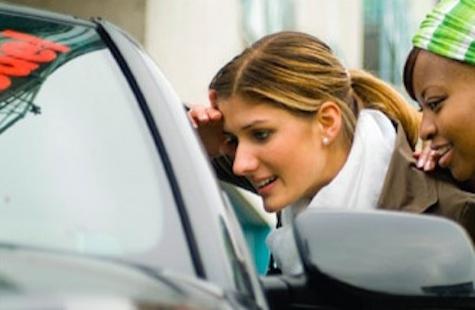Buying a used car is a great way of cutting the cost of your driving as most new cars lose around 40% of their value in the first year.
But there are risks so it's important to take your time rather than rush into any deal and to buy as far as possible with your head rather than your heart.
Here are some tips to take the stress out of buying a used car:
Budget
Work out how much you can afford including registration, insurance and regular maintenance and running costs.
Research
Have a thorough look at what’s out there before buying a used car. To get an idea of a model’s current market price, spend some time searching our used car ads online on sites like carsguide.com.au and drive.com.au or in your local newspaper.
Find the right car
Browse by body type, make or price to find out which make and model might suit you. Check the latest car news to see if a new model is coming out at that can reduce the price of previous models.
Ask lots of questions
Don’t be afraid to ask lots of questions, such as:
- How long owned the car?
- Why are they selling it?
- Has it ever been damaged?
History check
Look at the history of the car to make sure it’s not stolen, encumbered by an outstanding loan, or even a previous write-off. Get the car’s VIN number and check against the databases in the state in which it’s registered.
Test drive the car
If the seller is a private party rather than a dealer, meet at their home address and check it’s the same as the one on the registration certificate. Ensure that details like the odometer numbers advertised are accurate.
It’s a good idea to take it to an independent mechanic or automotive centre to check it out properly on a hoist to make sure there are no mechanical problems or previous damage.
Make sure you have a thorough look over the car yourself, and best of all, have an. It could save you thousands by revealing mechanical problems and previous damage.
If you are checking a car yourself consider checking the bonnet and interior for signs of rust, oil leaks and the condition of the tyres. Make sure front wheels are directly in front of the rear ones. If they are not, it could be a sign the car has bee in a crash. When looking inside the car, make sure all seat belts and fixing spots for car seats are present.
When driving the car:
- Turn the steering wheel from one lock to the other to make sure there are no noises before taking off on your journey.
- Test the handbrake, pull it on and then try to drive off very gently. It should hold the car back
- Listen for strange noises from the engine
- Take the car on as many different roads surfaces as possible
- Check the gear change is slick and smooth
Negotiate the price
There’s often room for bargaining. Make a list of any faults you found with the car, or any work that might need doing, and calculate how much this could add to the price. From this position, negotiate the price with the seller.
Paperwork and payment
Make sure all the paperwork is in order and that you have original versions of everything, including logbook, service history and registration papers. When making a payment or even just a deposit, get a receipt with the seller’s details.



















__small.png)










